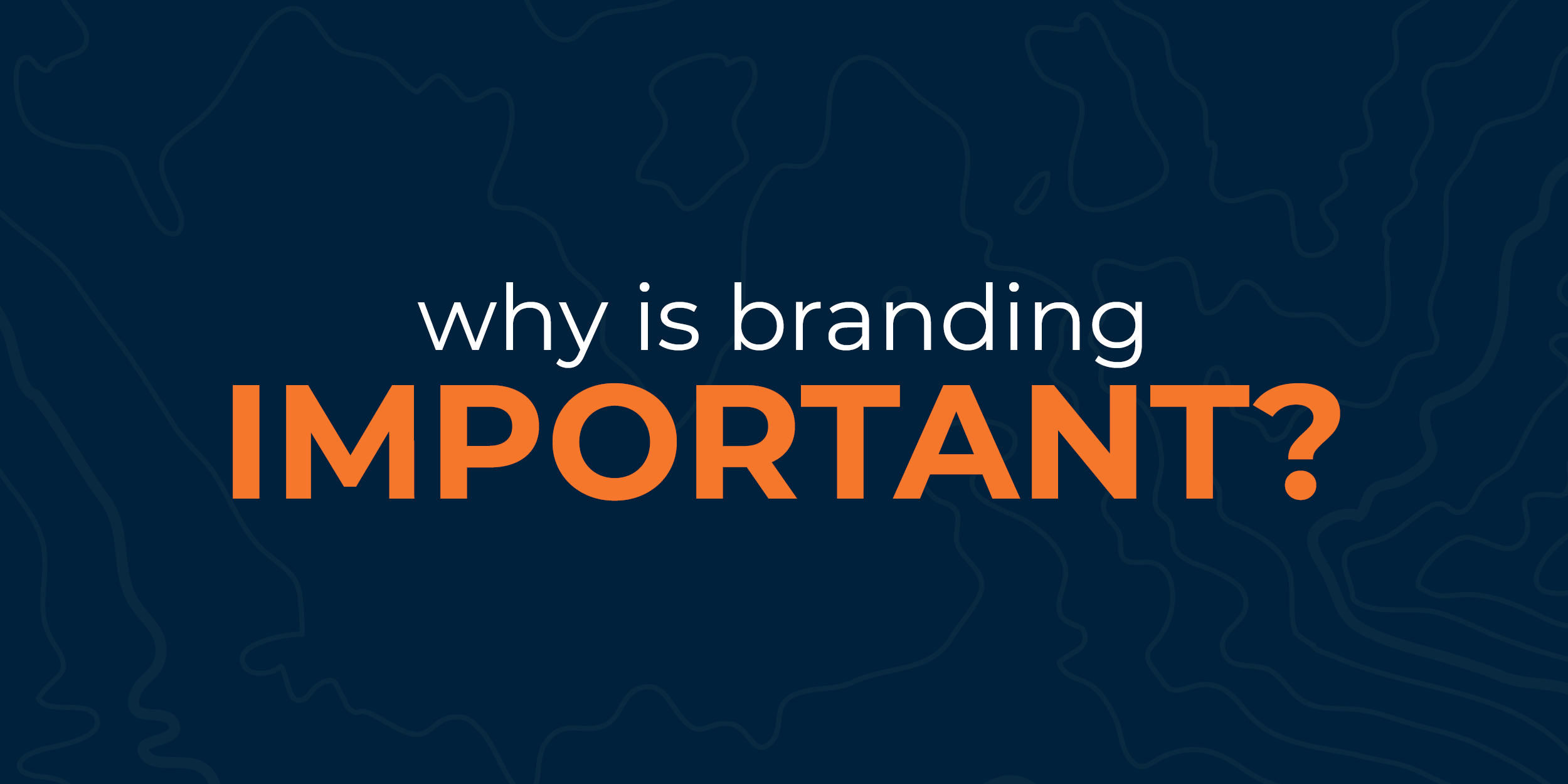We’ve been diving into topics like “what is a brand?” and learning how to use a brand to communicate strategically, but none of that matters unless we understand the importance of a good brand strategy. Because crafting a beautifully on-mission brand takes time, money, effort, and sometimes a total re-haul of what you currently use, it would be easy to throw your hands up and wonder “what’s the point? Why is this important?” But I want to answer that by saying your company’s branding is actually one of its most valuable assets and should be treated as such!
If, as we’ve discussed, your brand is the strategic representation of who you are, aimed at potential and current customers to gain loyalty and build connections, then it should not be taken lightly.
ASKING THE RIGHT QUESTION
The question you might be asking is “should I have a brand or not?”, but this is in fact the wrong question. The reality is that every company has a brand. The right question to ask is “am I crafting my brand to be strategic?”
Don’t believe me that every company has a brand? Read on.
If branding is your company’s strategy for communicating with your customers, then it is measured by customer perception. This means that every time you have communicated something to your customers – every email, phone call, advertisement, meeting, or flyer that they’ve ever seen from you – you are further shaping your brand by shaping their perception.
CREATING EXPECTATIONS
When your company communicates with your customers (current or potential), every interaction you make either creates or further shapes an existing expectation they have about you. The more they hear the same consistent message from you, the more they learn to trust you. This is why consistent, strategic branding is so important!
Here’s an example. Suppose you have just opened a new café in town and initially you tell people that you created it to be a nutritious go-to stop for health-conscious people with busy schedules. Some of your initial advertisements are focused on helping your customers feel better and your logo boasts some healthy-looking greens with an energetic font. So, your potential customers’ initial reaction will be that they will come to your café if they want to add a new place to their healthy regimen. This initial marketing effort will inherently attract a certain demographic of active, food-conscious people.
Now suppose that, a couple weeks later, your advertisements begin to focus solely on some of the more comfort-food items that you offer. Suppose these new advertisements don’t mention anything about it being yummy and healthy, only that it’s yummy and comforting. Not only that, but you have decided to use different fonts, a different color scheme, and different photo styles. Wouldn’t this be incredibly confusing to your audience? They’d wonder if they were even reading about the same company as before.
As we’ve discussed, each element must be used strategically and cohesively to constantly be telling the same story. You must set out to decide the expectation you wish you instill in your audience, and everything you do after that must further influence your chosen message.
TELLING YOUR STORY
Having a strategic brand really is one of your company’s most valuable assets, but unfortunately it is also often one of its most ignored. But there is always time to change that! You can choose to begin to tell the right story to your customers – the one that is a true representation of your company and that will create the right expectations for your audience.
Feel inspired to take a fresh look at your brand? Reach out to us, we’d love to help!

Recent Comments